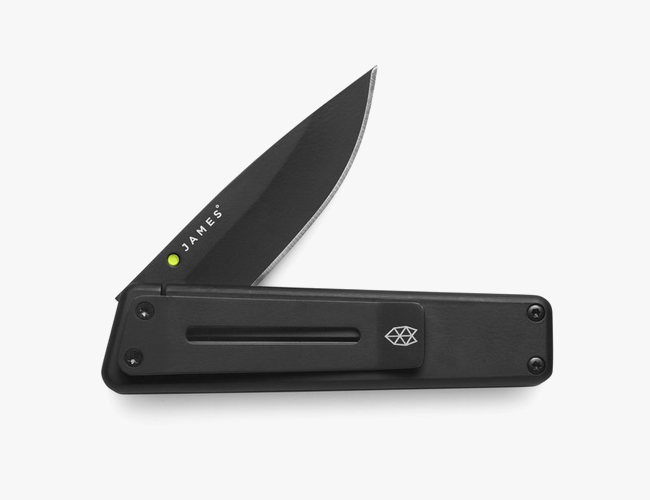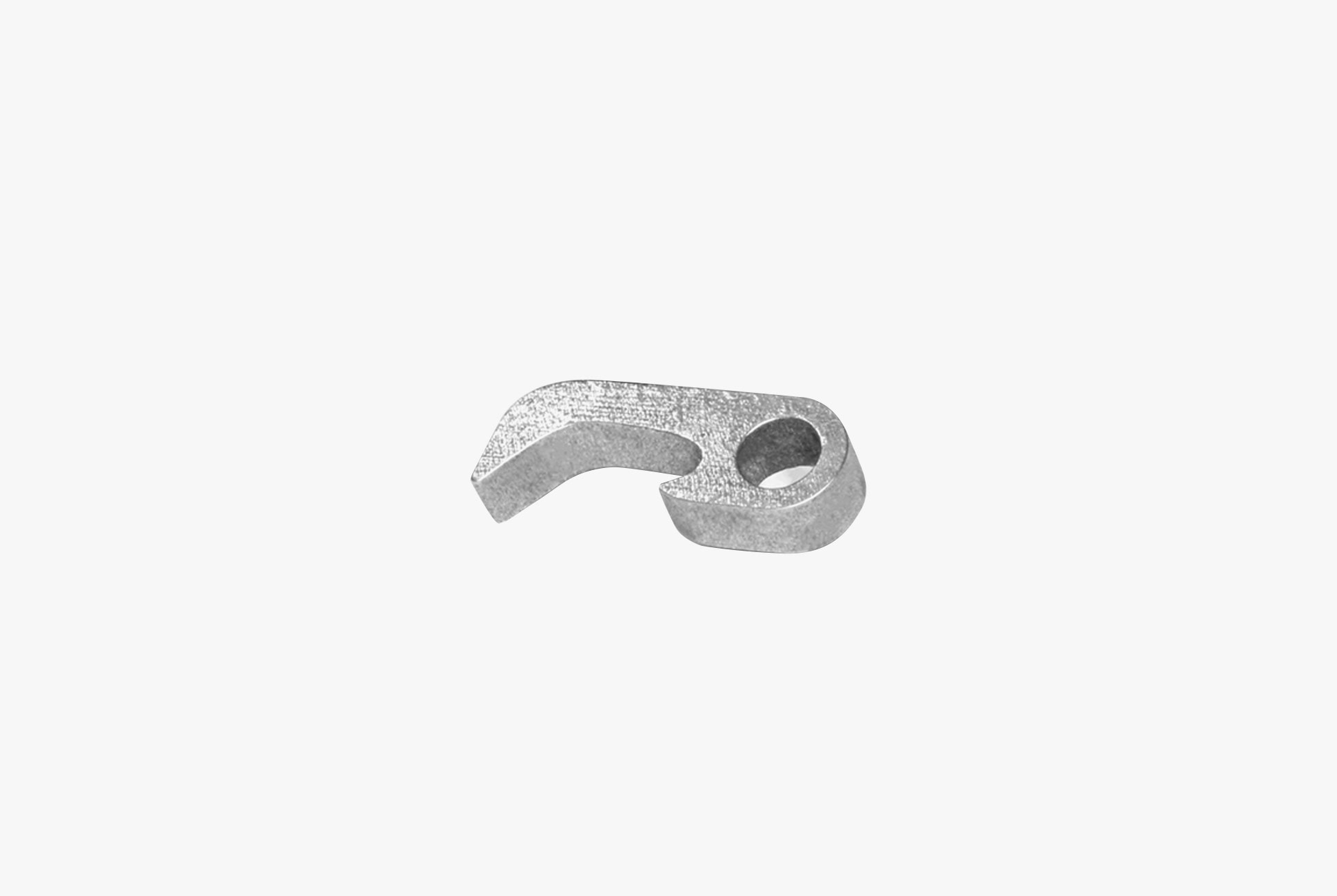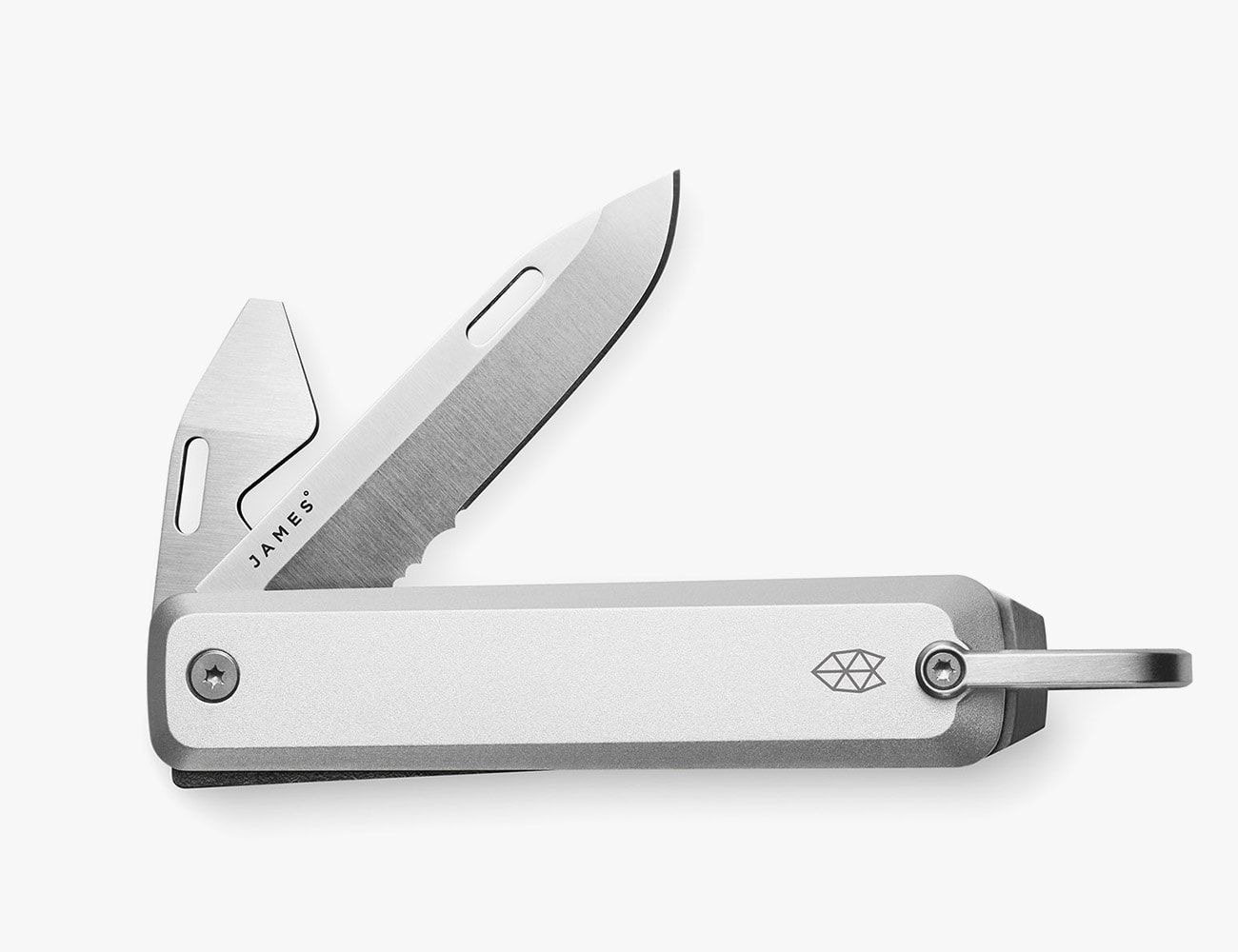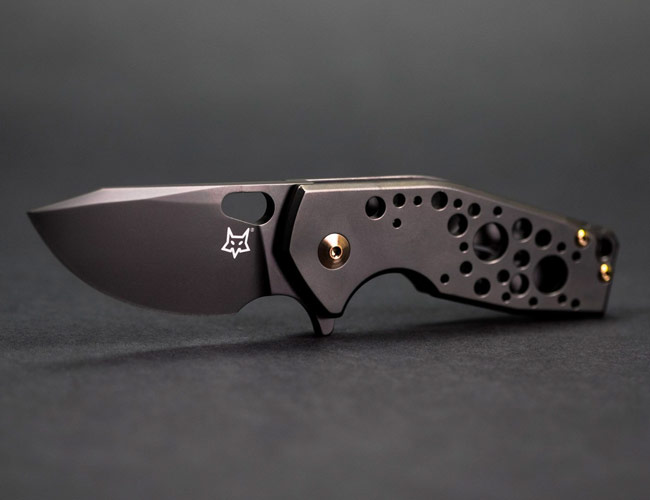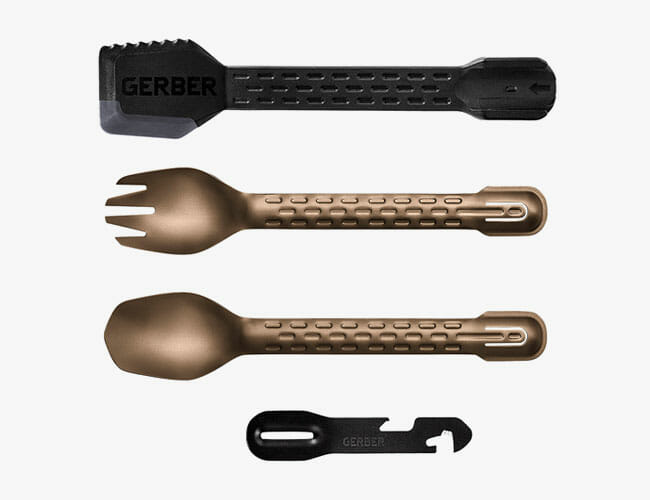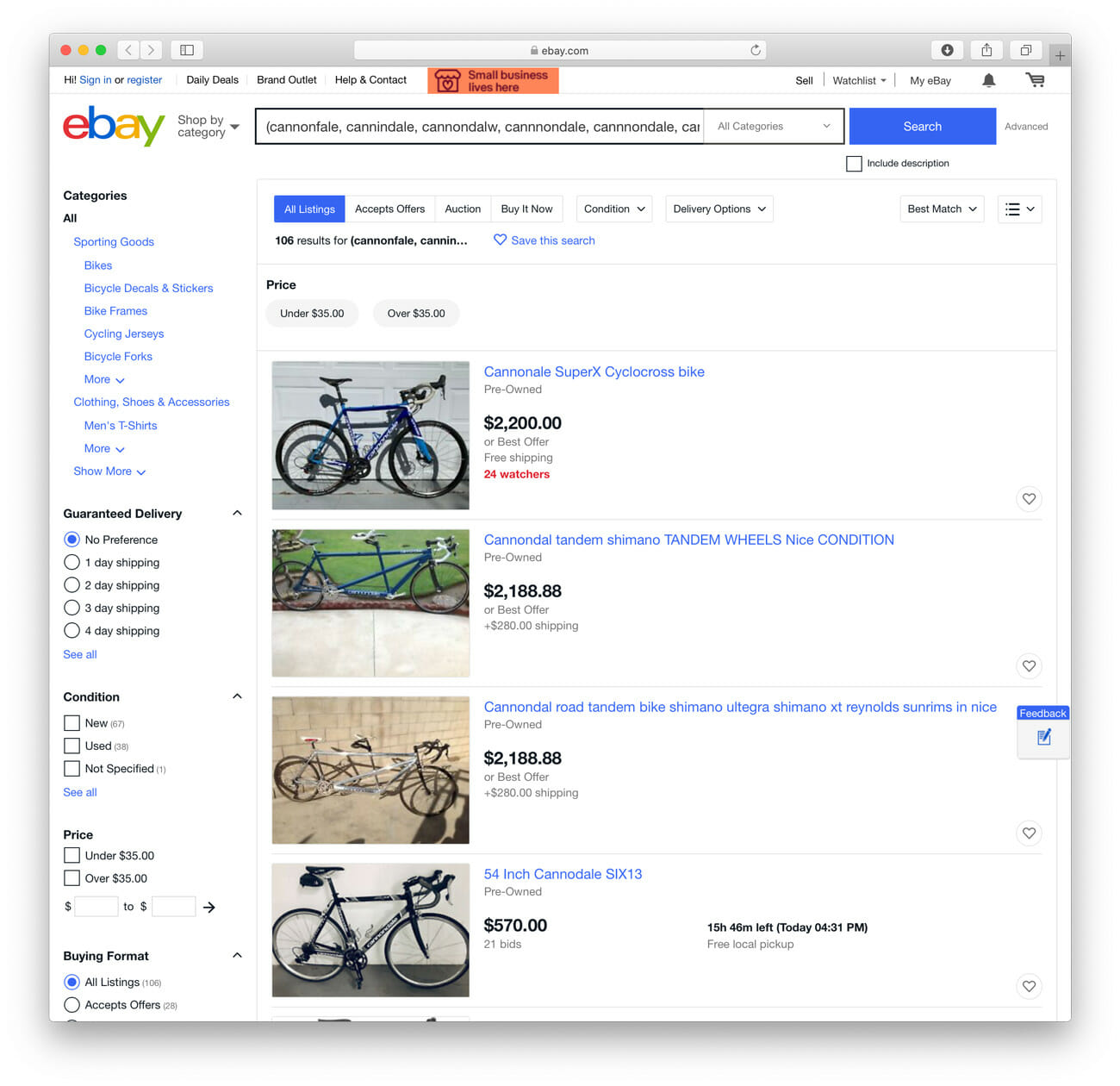Some product launches are predictable — now that spring is around the corner we can assume the latest rain jackets, waterproof trail running shoes and hiking boots will soon make their debut. Other items don’t fall so neatly into weather-defined timelines though, like pocket knives and EDC tools. The designers and makers behind these things never rest, and manufacturers that roll out as many as 50 new knives and multi-tools per year don’t do so all at once. Instead, companies reveal them in a steady but unpredictable flow, and there’s something new to ogle every week. We make it our mission to keep you in tune with the release of knives and tools that have the potential to become your next daily sidekick or a worthy addition to any collection. But just in case you missed one, we’ll round up our findings here in one concise, easy-to-scroll article.
In February, The James Brand released its first multi-tool and updated its flagship EDC knife, 2018’s best blade got a new look and Gerber released a tool for eating outdoors.
The James Brand Chapter
The Chapter was The James Brand first knife. It isn’t a decade old yet but the designers at The James Brand are already working to make sure it never becomes obsolete. The new version of the Chapter looks identical to the old one, but it includes some crucial upgrades that elevate it to a new level. Most importantly, the blade steel has been changed to Crucible S35VN, a high-end material prized by custom makers for its corrosion resistance and edge retention, adding to the blade’s longevity. The James Brand also added ceramic bearings for a smoother open and close, and a lockface to add durability to the framelock mechanism that the knife uses.
To most, these changes will be invisible, and they’ll go unnoticed. But they’re important — more than the stonewashed black finish that’s also new to the Chapter. They help the knife do what knives are supposed to do, and maybe they’ll help make it iconic. “If you dove into the future 20 years, I would love for that Chapter silhouette to still exist and have the same value as the Case Trapper or the Chris Reeve Sebenza,” says Ryan Coulter, the company’s founder. We’ll have to wait and see if he’s right.
Malboro & Kane Sub
No, it’s not a knife; it’s a new light called Sub. The Sub, which is roughly the size of a marble, is affordable at $20 but is made of space-grade aluminum and has a battery life that should last one year. The Sub emits 30 lumens of light, which is significantly less than the typical EDC flashlight, which typically counts its lumens in the hundreds and sometimes thousands. Even in some of the videos displayed on Kickstarter and Indiegogo campaigns, the Sub doesn’t appear to pack enough power to come in handy in any but the most detail-oriented situations.
For some, that might not matter. The Sub is cheap, and it truly is small enough to go unnoticed on a keychain — or as an admittedly very handsome zipper pull. Even a tiny light is always better than no light at all. But still, is the Sub brighter than the built-in flashlight of the smartphone that’s already in your pocket? Those aren’t assigned lumen counts (many estimate the number to be roughly 50), but even from the brand’s own videos, it doesn’t appear to be the case.
The James Brand Ellis
The James Brand’s second February update is the Ellis, the company’s first multi-tool. The Ellis isn’t like a Leatherman though; there are neither pliers nor wire cutters here, just a partially-serrated blade, a screwdriver that doubles as a bottle opener and a scraper tool. It’s simple, and that’s the point.
That’s because Ryan Coulter, the company’s founder, and the rest of the team wanted it to be uncluttered, like the iconic Swiss Army Knife, and drew inspiration from the historic brand. “We’re big fans of Swiss Army and that design ethos,” he says. “I always think that Swiss Army has done the best job of making good everyday carry knives and tools that are not positioned in either the tactical or the outdoor space.”
The James Brand reached out to friends and more importantly, consumers, to figure out which tools to feature in the Ellis. What are the items that people need all the time? “A bottle opener and a screwdriver,” says Coulter. “Those are the things that, besides the knife blade, get used like 90 percent of the time.” Specialized implements — things like awls or magnifying glasses — come at the price of increasing the size of the tool. “We were focused on what can you take out of this, what’s the most minimal thing you can do and still make a multi-tool?”
Fox Knives Titanium Suru
The original version of the Suru won the overall prize at Blade Show, an annual trade show for the cutlery industry, because it used a carbon fiber frame-lock for the first time. That made it incredibly light at 2.04 ounces. These new iterations swap out that material for titanium, making it heavier (but not by much; it weighs 3.3 ounces) but provide an entirely new look and feel.
The Suru’s steel drop-point blade is 2.32 inches long, and it deploys smoothly with either a thumbhole or flipper tab. Jesper Voxnaes, the knife’s designer, incorporated two choils, the unsharpened notches close to where the blade meets the handle, to provide a solid grip given the knife’s small size. Even the pocket clip features a zirconium ball bearing at its end to help the Suru transition easily into and out of a pocket. It’s details like these that helped solidify the Suru as an award-winner, and the new array of titanium handles, which come in various color finishes, amplify those and add an element of choice to this unique pocket knife.
Gerber Compleat
Gerber’s new piece of trail cutlery, the Compleat, is more multi-tool than spork. In one 2.3-ounce package, the Compleat packs a fork, spoon, dual-edge — one serrated, one rubberized — spatula and a tiny tool that campers can use to open bottles, packages, and cans and peel vegetables. By all means, this should produce an overpacked tool that’s either unwieldy or one that can perform its multiple functions without excelling at them; a dud. Gerber sidestepped these traps by giving the Compleat a construction that’s more modular than fixed, as traditional multi-tools are. Each of the tool’s implements slides apart from one another at the end of the handle for independent usage. Combine the spatula with either the fork or spoon to create a pair of tongs.
The Compleat is 7.75 inches long. The spatula is made of heat-resistant nylon with a silicone overmold on one edge while the fork, spoon and tool are anodized aluminum. Even the most severe ounce-counting campers will have a hard time turning down all of the tool’s utility to save weight in a backpack. Especially when the alternative is a spork.

